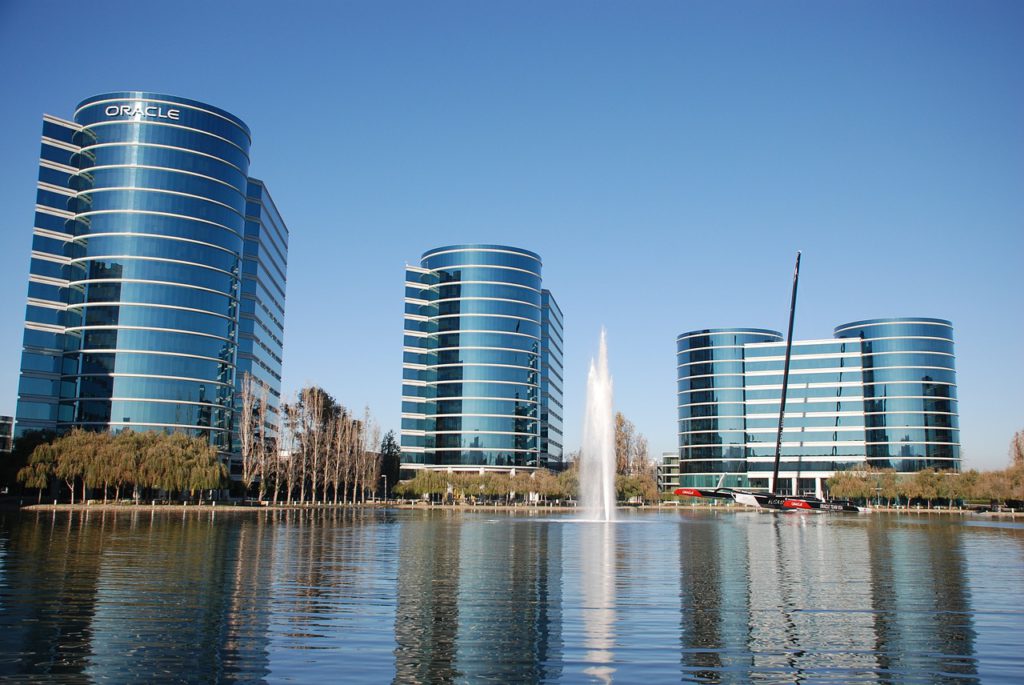Consumer dynamics benchmarking enterprise software market

The business approaches around the apparel industry, fashion and lifestyle domains have been witnessing a boom in the mobile app usage.
 Market dynamics is no longer a reflection of price mechanism as fixed by forces of demand and supply. It has now changed the horizon in a social networking era of computing business.
Market dynamics is no longer a reflection of price mechanism as fixed by forces of demand and supply. It has now changed the horizon in a social networking era of computing business.
The virtual market dynamics depends on technology shift and consumer behaviour. Hosts of latest business models, developed during the last decade, revolve around the new app-commerce scenario.
The scenario, in turn, depends on the iOS, Android devices, influencing sales of the consumer devices as well as an average consumer business.
The e-commerce, especially the business approaches around the apparel industry, fashion and lifestyle domains have been witnessing a boom in the mobile app usage.
It has also led many traditional businesses in brick-mortar approach to close down.
Enterprise applications have also been touched by this phenomenon. If we look at the enterprise consumer behaviour, one can easily notice the shift.
This is visible with the same mass of people who are now more conversant with many consumer and social apps in their day to day personal life.
Each day they are becoming recipients of the carefully crafted experience of these apps and in the process are building their taste for these.
Now, a million dollar question – How the B2B marketing and enterprise business is getting affected by this phenomenon?
To realise this question, we need to understand first, who are these consumers in an enterprise for which the B2B market is running?
When an IT services company delivers a custom B2B project, the delivered solution typically deals with an architecture for the target enterprise which is “about exchanges that happen among people and the tool or infrastructure used”.
However, interactions in the context of enterprise design framework can be seen as exchanges between people and the enterprise, supported by tools or devices that make the enterprise functions accessible.
Interestingly in a research, done by Google, where a team surveyed many B2B decision makers about their market research and purchase habits and what they found out was “wake-up calls” for many brands.
A fact surfaced in the survey that unlike the earlier years where major B2B decisions were taken by the senior management executives or the C-suite, this time, many non-C-suitors have a bigger say in the purchase decision for B2B needs.
Another interesting insight surfaced regarding the usage of mobility – “Mobile usage is intensifying; B2B researchers are using it throughout their entire path”.
A few years back, when I was designing Information Architecture (IA) solution for a leading internet based company from the US, my team suggested if we can redefine certain workflows with BYOD (bring your own device) and mobiles carried by the employees to optimize the process so as to avoid 20 percent of the time lag that was happening in the current workflow.
But the senior leadership declined as they had the notion that typical consumer mobility devices were meant for consumer space only. But had it been a similar situation today, it would have been a different story.
In the present era, the partnership stories like Apple+IBM are enough to prove how consumer devices are impacting positively for enterprise business process re-engineering cases in core industries like retail, healthcare, Insurance, manufacturing, aerospace and entertainment sectors.
Bigger players in the industries are more interested in moving to cloud software and apps on “pay as you go” model to carry out human resource, operations, and finance, instead of depending on traditional ERP software from SAP, Oracle etc. and pay the hefty amount for support and maintenance.
INDIAN SCENE
As of today, most of the consumer market innovation is driven by MVP (Minimum Viable Product) approach as per the standard product management strategy.
Day by day, many consumer product markets the producers are moving to the Rapid Prototyping, Agile Development Life Cycle and Lean UX approach to expedite innovation and reduce the “time-to-market” for their product.
The boom in start-up industry in India is fuelling new ways to reduce waste and optimise product development and delivery process and thereby resulting timely launch of products with competitive price points that are challenging the enterprise products which were ruling the market for decades.
This has changed the scene in the enterprise product development, delivery and support activities of the bigger software vendors and IT service providers.
The age old approach of “waterfall model” that consumes a year on an average to launch a product which is more like a big elephant that needs additional support for which the customer has to pay extra for, is failing the strategies rapidly for these vendors.
For example, the recent changes in Indian IT companies like Infosys , TCS point to a shift from waterfall models to agile models of software development life cycle (SDLC). This is a good signal for a healthy competition in the knowledge economy.
Consumer dynamics benchmarking enterprise solutions is much more relevant in the Indian context where Prime Minister Narendra Modi has emphasised in making the technological innovation benefit common man through the Digital India initiative that aims to transform India into digital empowered society and knowledge economy.

Samir is based in Bangalore.He works as a User Experience & Product Strategy Consultant at IBM, in mobility and digital products for enterprise as well as the consumer market. He has over a decade of experience in related fields.










































